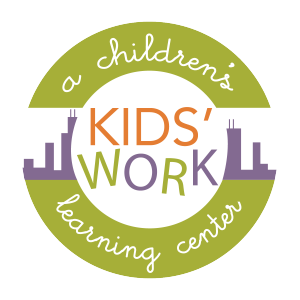Cities across the US have been hit with extreme weather this year, some of it bringing big cities to a standstill with snow volume that the city’s infrastructure just isn’t prepared to handle. While many extreme weather and other disruptive or emergency events come with at least some advance warning, it’s very important to make sure you and your family – including your children – are prepared for emergencies before they happen.
How prepared is your family? Have you discussed emergency preparedness with your child, shown them where safe areas in the house and neighborhood are, or given them a plan to follow? Natural disasters can happen quickly and without warning, making outside help slow to arrive, or unable to come at all, and can escalate quickly into a “disaster” situation for a community. This is a scary and stressful situation even for adults, and can be especially traumatic for children if they haven’t been prepared for such possibilities before, and suddenly don’t know what is happening or what to do at such a time.
1. Teach them about natural disasters
One of the best things you can do to help prepare a child for emergencies is to help them understand the concept of a natural disaster. Teach them that fire, rain, wind, and snow can all be normal, good things – but sometimes there can be too much, too quickly of any of them. Explain which kinds of disasters could happen in your area, and give examples of effects that your child can relate to – the power and lights may go out, heating or water could go off, telephone service could go down, and transportation and the ability to go anywhere on the roads could be affected. Explain that when people have prepared and practiced a family disaster plan just like your family is doing now, everyone is better able to handle the emergency.
2. Create an Emergency Kit
Sit down with your child and talk about the various aspects you might need to plan for, what supplies you’ll need the most, and what may be hard to come by in the time of an emergency. Then work together to assemble at least a very basic emergency kit of supplies that address the most important elements: Water, Food, Light, Warmth, First Aid, and Communication. Be sure to remember to account for any pets, elderly or anyone’s special needs when assembling your family’s kit.
3. Teach your kids basic emergency skills
If a natural disaster occurs, emergency help may need to be called and you may not be able to do it. As early as possible, children should know how and when to call 911. Teach and practice with them how to identify themselves (first and last name), your name (first and last), their location/address, and what the emergency is. Teach your child how to reach their emergency contacts, and how to get to predetermined safe locations. In the event an emergency happens and they are somewhere unfamiliar with unfamiliar people, teach your child what kind of people to look to for help – fire fighters, police officers, etc.
We can’t stop disasters from happening, but we can prepare ourselves and our family’s to be in the best position possible to face them if they ever occur! Always be prepared!

